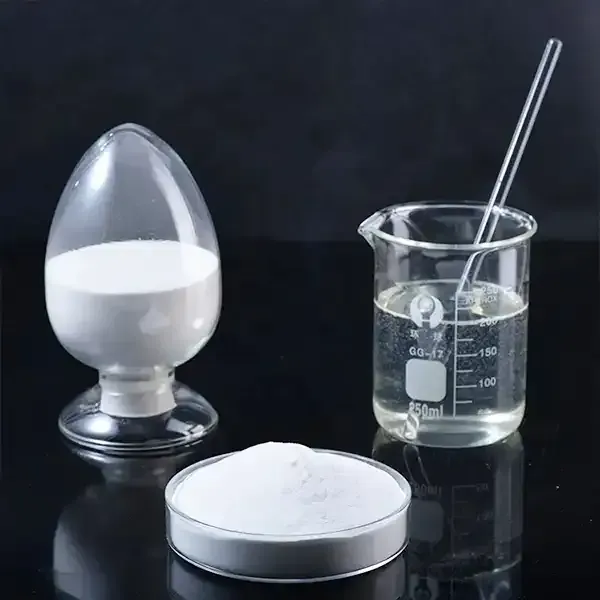Hydroxypropyl Methyl Cellulose (HPMC) An Overview of Its Chemical Composition and Applications
Hydroxypropyl Methyl Cellulose (HPMC) is a versatile cellulose derivative that finds wide-ranging applications in various industries, including pharmaceuticals, food, cosmetics, and construction. As a non-ionic, water-soluble polymer, HPMC is derived from natural cellulose, a primary structural component of plant cell walls. This article delves into the chemical composition of HPMC, its properties, and its applications across different sectors.
Chemical Composition and Structure
HPMC is synthesized by the modification of cellulose through processes involving hydroxypropyl and methyl substitution. The chemical structure of HPMC consists of a cellulose backbone with hydroxypropyl and methyl groups attached to the hydroxyl groups of glucose units in cellulose. The degree of substitution and the ratio of methyl to hydroxypropyl groups can be manipulated during production, determining the solubility, viscosity, and other functional attributes of HPMC.
The presence of hydroxypropyl groups enhances the solubility of HPMC in water, allowing it to dissolve to form a clear, viscous solution at varying concentrations. The methyl groups enhance the hydrophobicity of the molecule, allowing for improved emulsifying and film-forming properties. The chemical formula can be represented as CnH2nO5, where the specific values of n depend on the degree of substitution achieved during synthesis.
Properties of HPMC
HPMC exhibits a variety of beneficial physicochemical properties, making it useful in numerous applications. Its solubility in cold water, ability to form gels, and thickening properties are particularly advantageous. HPMC solutions are stable over a wide range of pH levels and temperatures, making them suitable for various formulations. Additionally, HPMC is biodegradable and non-toxic, aligning with the growing demand for environmentally friendly products.
chemical hpmc hydroxypropyl methyl cellulose

Applications of HPMC
1. Pharmaceutical Industry One of the most significant applications of HPMC is in the pharmaceutical industry, where it serves as a binder, thickener, and film-forming agent in tablet formulations. Its controlled-release properties enable the development of sustained-release drugs, improving therapeutic effectiveness and patient compliance.
2. Food Industry HPMC is widely used as a food additive due to its thickening and emulsifying properties. It is commonly found in products such as ice cream, sauces, and dressings, where it helps improve texture and stability. Its ability to retain moisture also makes it beneficial in baked goods, enhancing freshness and shelf life.
3. Cosmetics and Personal Care In cosmetics, HPMC functions as a thickener and stabilizer in products like lotions, creams, and gels. Its film-forming ability contributes to the texture and sensory nature of cosmetic formulations, enhancing the overall user experience.
4. Construction HPMC is also used in the construction industry, particularly in the formulation of cement-based products like tile adhesives, grouts, and dry mix mortars. It improves workability, enhances water retention, and extends the open time of these materials, making it easier to work with.
Conclusion
Hydroxypropyl Methyl Cellulose (HPMC) is a remarkable polymer that showcases the potential of functionalized derivatives of natural products. Its unique chemical structure and properties enable its use in a diverse range of industries, from pharmaceuticals to food and construction. As the demand for sustainable and effective materials continues to grow, HPMC stands out as a critical component in various formulations, underscoring the importance of chemical innovations in addressing modern challenges.
-
Premium Detergent Grade HPMC Hydroxypropyl Methylcellulose: Superior Thickening & StabilityNewsAug.31,2025
-
HEC 100000 Hydroxyethylcellulose for Paint | Superior ThickeningNewsAug.30,2025
-
Wall Putty Rdp Powder Packaging DesignNewsAug.29,2025
-
Introduction to Hpmc Hydroxypropyl Methyl CellulosNewsAug.29,2025
-
Hpmc Industri Grade IntegrationNewsAug.29,2025
-
How to Choose the Right Construction AdhesiveNewsAug.29,2025




